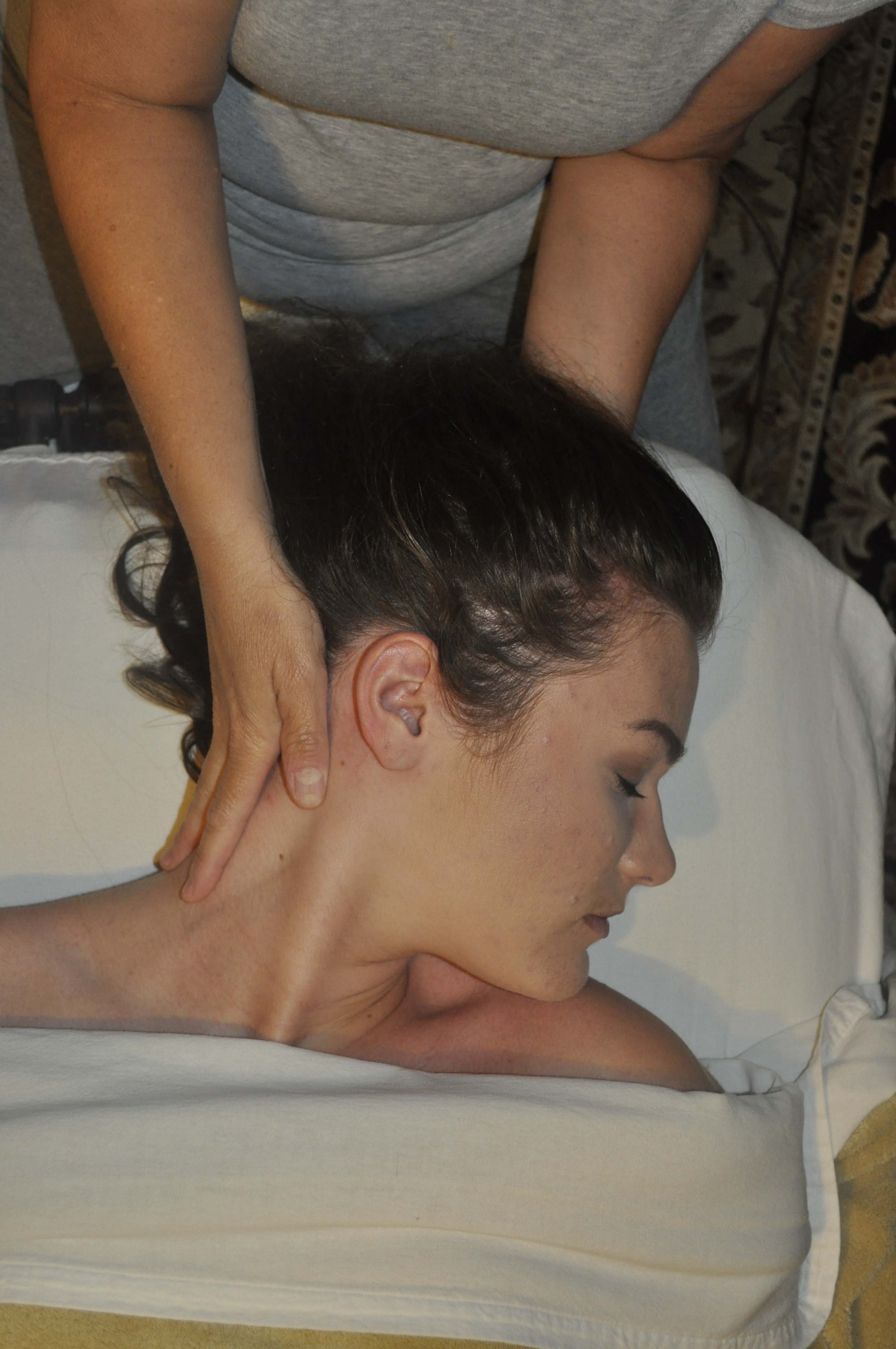Benefits of Myofascial Release
and it's benefits for chronic pain!
Benefits of myofascial release include release of chronically tight muscles using techniques to properly treat, and facilitate long-term release.
It can also reduce trigger points within the fascia, which is connective tissue that surrounds our muscles, bones and organs, to return the fascia to it's flexible, normal state. Fascia is found throughout our whole body, providing stability and protection to everything that it touches.
Fascia collects scar tissue or knots due to trauma within the muscle, which keeps the fascia from properly doing it's job.
Tension, surgical procedures, and stress, can cause trauma to the fascia. In time, the fascia gets use to the knots. When fascia accepts the fact that the knots are not going anywhere, it starts to repair. When it does, scar tissue is created.
Benefits of Myofascial Release
- Easing restriction - The muscles of the body are very familiar to a massage therapist. Usually, with the first touch of a restriction, the therapist knows when and where specific techniques of massage will work.
- Correcting Imbalances - Therapists often instantly notice misalignment, postures, imbalances in the pelvic area, scoliosis, kyphosis, and many other abnormalities associated with muscles.
- Increasing Range of Motion - A therapist will often ask their clients to perform certain movements, noticing what limitations or range of motion movements are easy or hard.
- Relaxation of muscles - Therapists may work to relax and loosen muscle tension first, before concentrating on where real problematic areas of muscles.
- Focused therapy - what was not relaxed from the relaxation massage, would obviously need advanced types of massage therapy.
Myofascial Release Techniques
Myofascial areas are not injured or damaged alone, as the tissue around it is also damaged. Using orthopedic testing helps a therapist treat the problem, but limits treatment to that muscle, which will never bring pain relief.
For instance, the main pain of frozen shoulder is often the supraspinatus insertion. But, treating only that muscle, no matter how effective the techniques of massage, is no guarantee of restoring a pain-free range of motion.
With frozen shoulder, a therapist will often work the infraspinatus, scalenes, teres minor insertion, and other muscles around the shoulder blade.
Often times orthopedic testing will show that a muscle is working properly. But, if the therapist treats the muscles anyway, he/she may find it needed massage work anyway, and will massage to prevent addition restrictions within the muscles.
The concept of Myofascial (“myo” which means muscle and “fascia” which means connective tissue) requires an understanding of the fascial system (or connective tissue). The fascia is a specialized system of the body that has an appearance similar to a spider’s web.
The fascial system is not just a system of separate coverings. It is literally one structure that exists throughout the body without interruption.
It also has an important role in supporting our bodies, because it surrounds muscles, but it also attaches to structures. They actually could not provide stability without constant support of the fascia.
This DVD, Beginning Myofascial Release DVD can help explain the role that fascia plays in our bodies, as well as what we can do to prevent "knots' and scar tissue formation. It is a 75-minute instructional DVD that teaches how to free restrictions in the muscles, as well as increase range of motion.
This is a short clip of that DVD:
Massage therapists, as well as physicians and scientists all over the world, have tried to understand the complex role that fascia has in body movement, and are now beginning to understand how the benefits of myofascial release helps patients regain range of motion and proper muscle functioning.
Go back Benefits of Body Massage from Myofascial Release Massage

New! Comments
Have your say about what you just read! Leave me a comment in the box below.